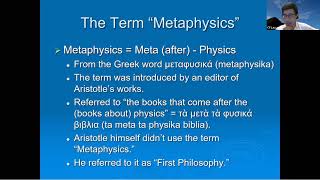
**The Odyssey of Optics: A Historical Examination**
Optics, an essential sector of physics, investigates the behavior, manipulation, and detection of electromagnetic radiation, especially light. This discipline dates back to ancient Greece and has undergone substantial evolution throughout the ages, significantly enhancing our comprehension of light and vision.
**Contributions from Ancient Greece**
The scientific and mathematical study of light initiated in antiquity with Greek thinkers who examined geometric optics. Euclid (around 300 BCE) led this inquiry with his treatise “Optics,” presenting foundational principles regarding visual rays and their interaction with objects. His principles served as precursors to comprehending light propagation, reflection, and refraction, establishing a basis for forthcoming research.
Euclid’s “Catoptrics,” although its authorship is debated, explored reflections from mirrors of differing forms. The work suggested experimental observations of refraction, exemplified by the “floating coin” experiment, which illustrated how a coin’s visibility altered when observed through water due to refraction.
Hero of Alexandria (circa 60 CE) built upon Euclid’s theories in his own “Catoptrics,” documenting further instances of visual illusions produced with mirrors.
Ptolemaeus (around 150 CE) advanced Greek optics with his work “Optics,” which, albeit incomplete, remains a vital ancient text. His contribution was noteworthy for incorporating experimental methods to examine reflection and refraction. Ptolemaeus conducted empirical measurements of refraction and endeavored to mathematically define it, although a precise correlation evaded him at that time.
**The Islamic Golden Age and Renaissance**
The Islamic scholar Ibn al-Haytham (circa 965–1040), often viewed as a critical figure in optics, transformed the discipline with his intromission theory of vision. His “Book of Optics” corrected earlier Greek beliefs regarding visual rays emitted by the eyes, illustrating instead that vision is the result of light rays entering the eyes. Although he didn’t formulate the law of refraction, his work laid the groundwork for subsequent advancements.
The Persian scholar Ibn Sahl (circa 940–1000) achieved a significant milestone by deriving a mathematical relationship associated with refraction, similar to what would later be recognized as the sine law of refraction. However, his findings remained largely unknown until they were rediscovered centuries later.
The resurgence of the sine law of refraction in the 16th and 17th centuries represented a pivotal moment in optical science. Thomas Harriot and Willebrord Snel van Royen independently discovered the law but did not manage to publish effectively. René Descartes shared his discoveries in 1637, bringing the law to the forefront of scientific inquiry, albeit accompanied by accusations of plagiarism from Snel’s earlier contributions. Isaac Newton’s later work in his groundbreaking “Opticks” broadened this knowledge to include a more comprehensive understanding of light spectra.
**Conclusion**
The historical journey of optics from Euclidean geometry to Newtonian physics illustrates a continual refinement and expansion of our grasp of light. Each advancement has built on the insights of predecessors, culminating in the intricate, sophisticated field of optics we study today, uniting ancient theories with contemporary applications.